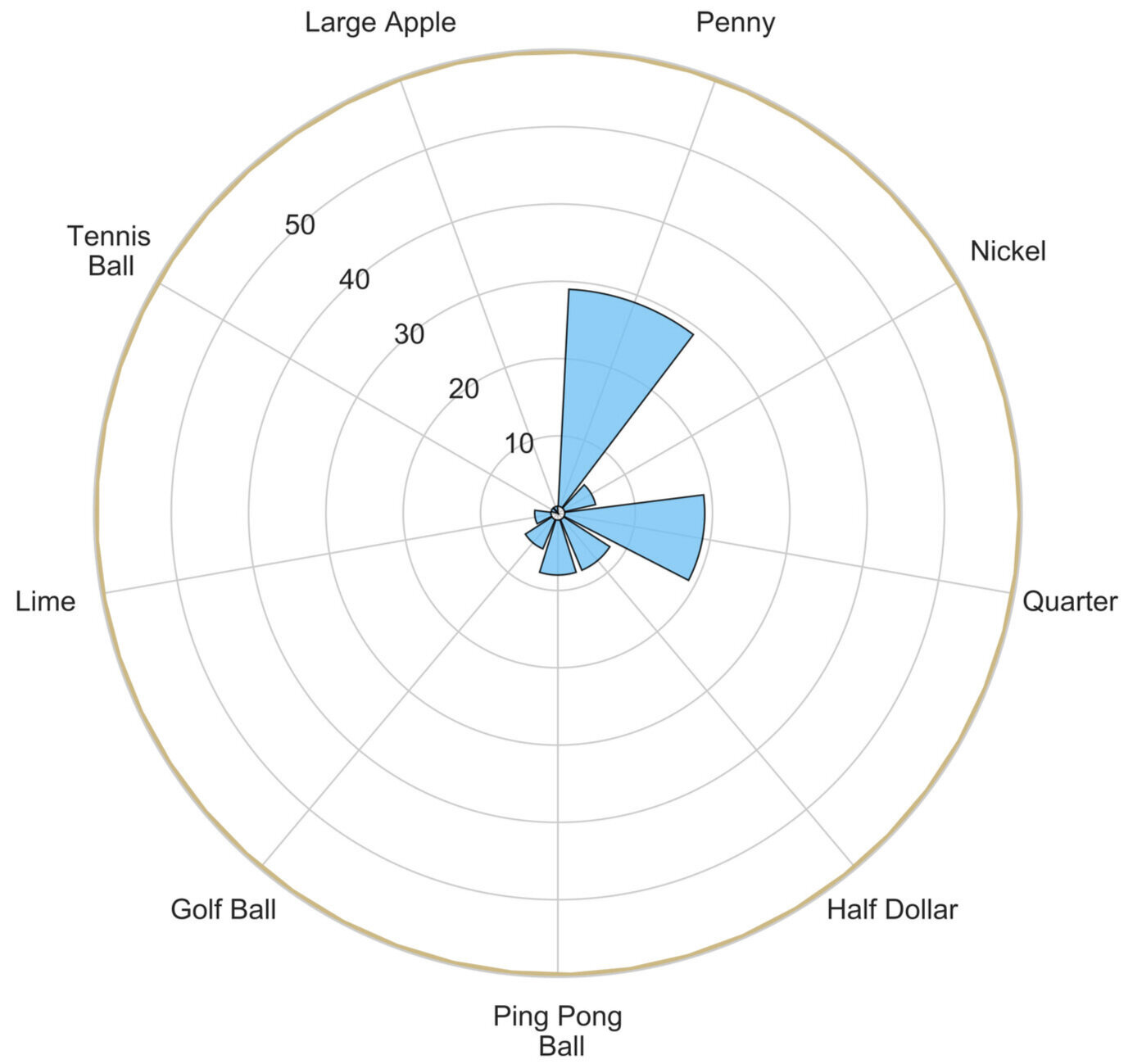Hail is getting bigger and more frequent for Boulder County residents
Hail storm events have increased in frequency and intensity, with the Boulder area experiencing more storms that produce larger pieces of hail than what has been on record for previous years. This has led to considerable damage to personal property, with homeowners, businesses, and growers feeling the effects in recent years.
Hand holding hail in a strawberry patch / Rbreidbrown via Wikimedia Commons
Boulder County is part of the ‘hail capital of North America’, a region extending from the Front Range of the Rocky Mountains to the adjacent high plains where hailstorms are unusually common. Because of our elevation, we are closer to the freezing level in the atmosphere. This allows strong storm updrafts to reach the hail producing region of a cloud more frequently than in lower parts of the country.
Hail is a big part of the severe weather season in Colorado, and it is responsible for tens of thousands of dollars in damage each year to crops, homes, businesses and vehicles. During the period of 2017-2019, Colorado had the second highest total value of hail loss insurance claims in the nation.
Data collected on hail storms since the mid 1990’s in Boulder County show that hail events are increasing in frequency, with towns across Boulder County seeing a sharp uptick in hail storms in the last few years (Figure 1). Additionally, hail size has also increased in recent years (Figure 2). Historically, hail storms frequently produced “penny-sized” hail (See Table 1 for a breakdown in size categories). But more recently, we have seen an increase in the frequency of large hail sizes, including half dollar, ping pong ball, and golf ball-sized hail events. Although not visually represented in the figures below, one apple-size hail event did occur in Superior 2018 - a highly unusual event.
explore the data
Hail events are becoming more frequent in towns across Boulder County
Figure 1. The number of hail events per year in the four most frequently hit towns within Boulder County. Towns include Boulder (gold), Longmont (blue), Louisville (green) and Lafayette (black). Over the last five years, hail events have increased in frequency for all four towns. For example, close to 90 hail events occurred in Boulder County in 2018 and 2019, which is 35% of the hail events recorded in the last 26 years. Note: multiple hail events can occur within a single day, so the number of occurrences could also be related to severity. Source: NOAA’s National Centers for Environmental Information Storm Events Database.
The frequency of large hail is also increasing
Total count of hail sizes in Boulder from 1993-2005
Total count of hail sizes in Boulder from 2006-2019
Figure 2. Boulder County has only experienced nine of the fifteen size categories from 1993 to 2019. In order to evaluate changes in recorded hail diameters, the data set has been split into two groups, each representing 13 years (with 2012 being absent from the data). Across the county, the frequency and size have shifted in the last 26 years. Source: NOAA’s National Centers for Environmental Information Storm Events Database.
Table 1. While Boulder County may get a lot of hail, it is not typical for the area to experience the entire range of hail sizes that are listed in Table 1. The county has seen 9 size variants out of the total 15. This scale has been developed by the Department of Commerce, NOAA and the National Weather Service to show the sizes of hail compared with representative objects to give a better sense of scale. These estimated equivalents are often used to describe hail as it occurs. This standardized process with 15 categories helps track the trends of hail across the country. Source: Department of Commerce, NOAA, and the National Weather Service.
recommendations
With larger hail comes risks, especially to personal property
Support those suffering from hail storm losses. Concussive events during hail storms are possible, but more often than not, hail is most damaging to personal property. The agricultural sector in Boulder has suffered heavy losses from hail. The large pieces of ice break greenhouse windows, cause physical damage to field crops and fruit trees, and destroy farming equipment. When hail storms strike Boulder County, support our local farmers by continuing to buy their produce.
Share your hail stories! Your observations can contribute to scientific and societal understanding of the severity of hail storms. To report hail on social media, please include the time and location that the hail occurred, the size of the hail, and a photo with a measuring stick or item for comparison, if you have one. In Boulder County, report these to the National Weather Service Denver/Boulder forecast office: @NWSBoulder







